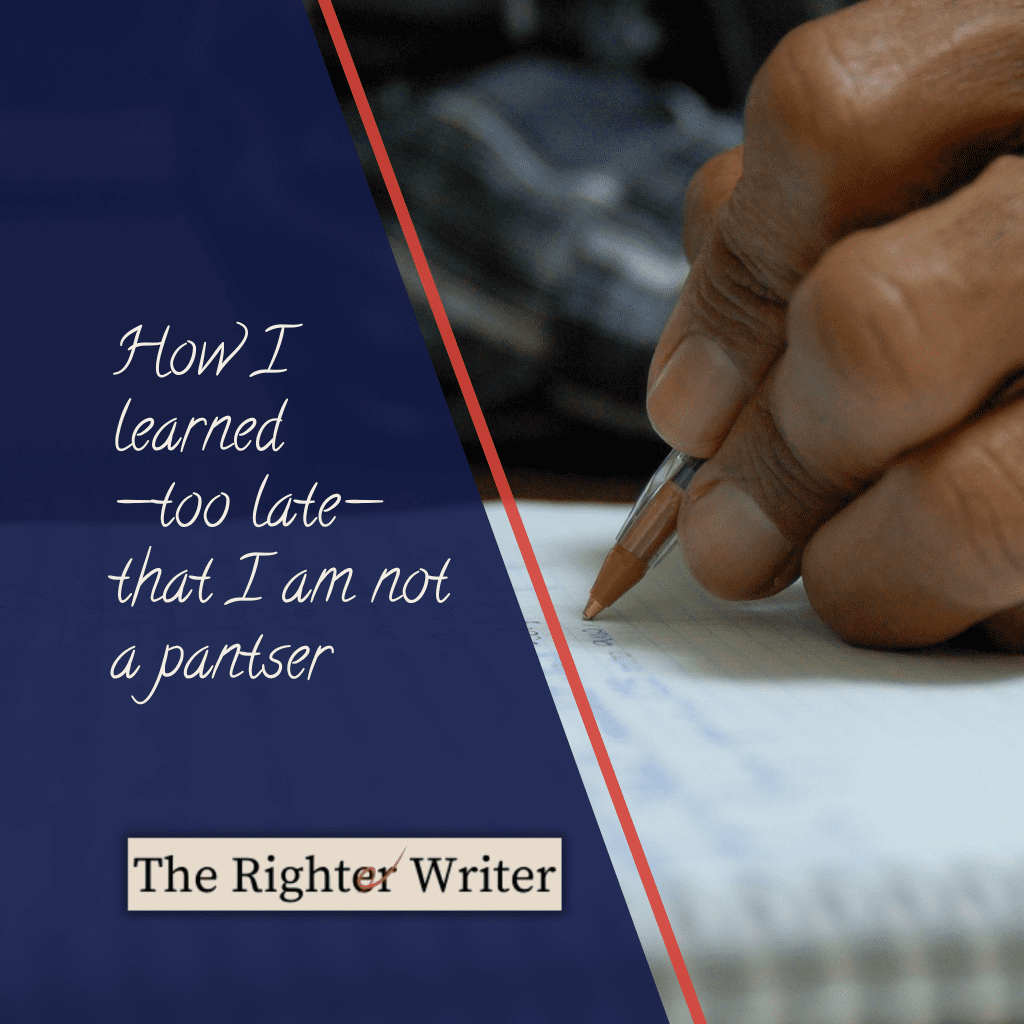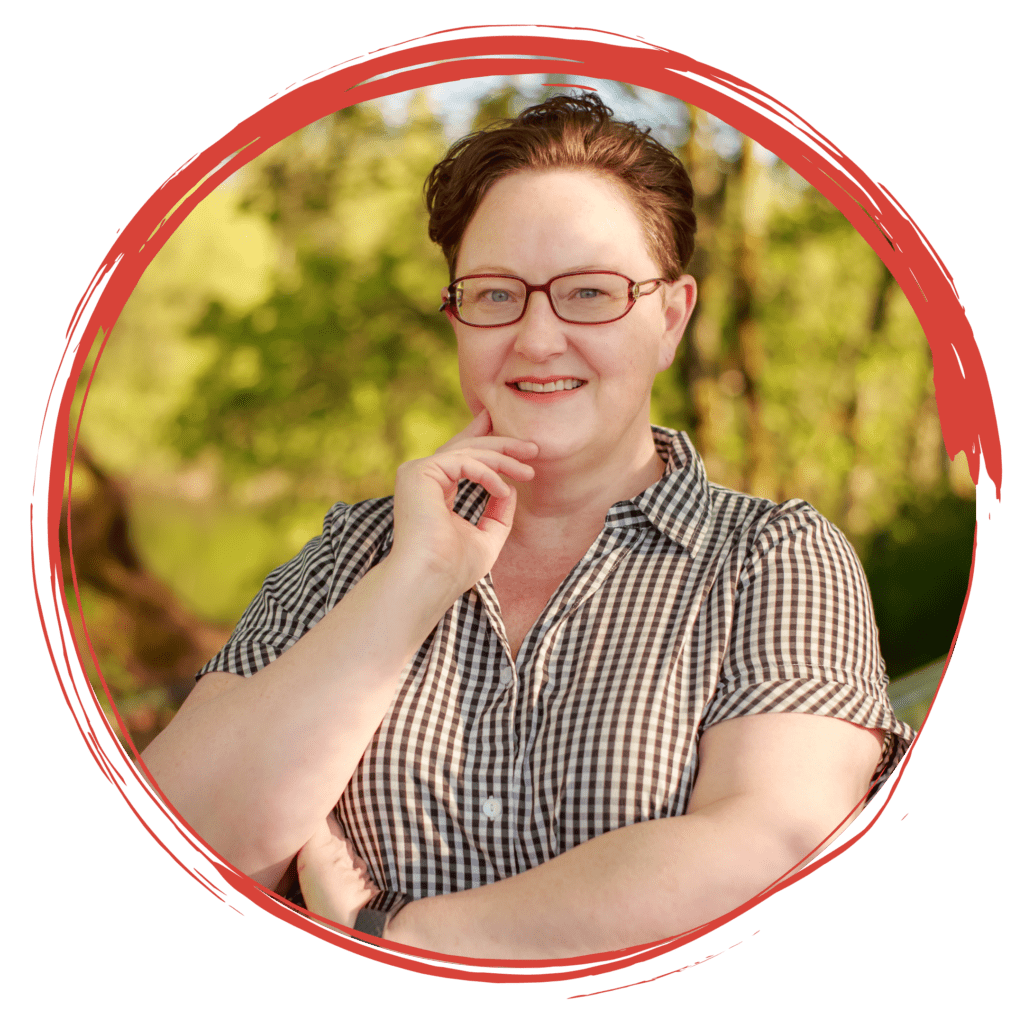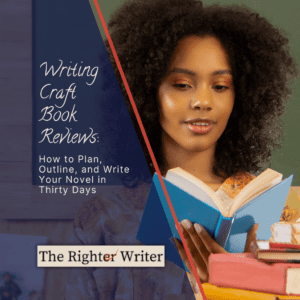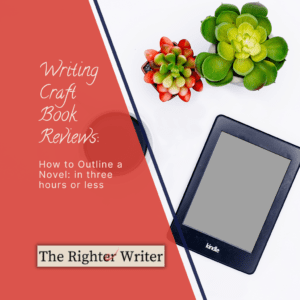
Writing Craft Book Reviews: A Book A Week
Fourth and last (for now!) in our series of book reviews featuring Kindle Unlimited books that explain ways to outline a novel. Let’s get ready for NaNoWriMo!
I'm an affiliate.
Some of the links on this page are affiliate links, but the opinions in my posts are my own, and I only mention products that I like and use myself. As an Amazon Associate, I earn from qualifying purchases. What that means is that if you click one of the links on my site and make a purchase, I might recieve compensation at no extra cost to you.

People talk about authors as fitting into one of two camps:
Plotters plan out their stories before they even sit down to write. They make outlines and character sketches and timelines, and they have at least a general idea of what’s going to happen from the beginning to the ending.
Pantsers, on the other hand, write by the seat of their pants; they make it up as they go along. Sometimes a pantser will explain that they let the characters tell their own stories.
Most authors will say that plotting is a continuum, with people who outline each chapter on one end, and, on the other end, people who sit down and write a stream of consciousness with no prep at all.
I started National Novel Writing Month in a great mood. (For a quick overview of National Novel Writing Month, or NaNoWriMo, check out this post.) I decided at the end of October that I was going to try this for the first time.
At first, I thought I’d write a mystery, but then I thought of an idea for a young adult novel, and then there was this hook for a middle-grade novel that sounded good. I felt so proud of myself! Seriously, I came up with three ideas in less than a week. That’s pretty creative, right?
After thinking a bit about all three ideas, I went with the middle-grade novel.
This was my newest idea, so I was pretty excited about it. Also, I wanted something where I could add pictures; that sounded like fun. I was planning for my final product, too. Middle-grade novels are shorter than adult novels—only 30,000 to 50,000 words—and since the goal of NaNoWriMo is to write 50,000 words, I thought it would be perfect.
I started writing on November first and was pretty happy with the scene that I came up with, even though I didn’t quite meet my word count goal.
When I started work the next day, it was a little harder: it was harder to get the words down; it was harder to describe everything; it was just… harder in general.
On my third day of writing, I realized I had no idea what to put down. My mind was a blank!
I know this has happened to you. I’m pretty sure it’s happened at least once to everyone who writes, no matter what they’re writing.
The characters weren’t interesting or special, and I knew nothing about them.
They were just a girl, her friend, and her dad; if they weren’t interesting to the writer, there was no way they were going to get a reader interested!
Also, I couldn’t see much of a plot. I mean, I had some idea of this happens, and then this happens, and then maybe something else happens, but there wasn’t any pattern to the story.
Nothing held those events together. I didn’t have a theme.

Before I go on about how I’m working on my NaNoWriMo project, let me tell you how I work when I’m writing from day to day:
When I’m writing non-fiction, I start with an overarching idea, and then I make a list of all the information that falls under that single idea.
I move those sub-ideas into an order that makes sense: small to large, large to small, chronological.
Next, I research and take notes (so many notes!) on each of the sub-ideas.
After all these steps, at last, I get to sit down and start writing.
Since I’ve got so much experience writing this way, I guess it makes sense I should approach writing fiction this way, too.
First, I wrote my character list and gave them all some backstory.
I decided on a theme.
When I had the theme, I brainstormed some specific scenes that went with the theme and put them in an order that made sense.
Now we’re over a week into National Novel Writing Month, and I feel like I can begin at last.
(This is why “Preptober” is a thing… and a thing that I will definitely do next year!)
I’m about 6,000 words behind where I need to be to “win” NaNoWriMo 2021. With the background information that I have to draw from now, though, I’m sure I’ll be able to catch up.
How about you? How’s your NaNoWriMo going?
Did you plot ahead of time, or are you pantsing your way through this?
Tell me in the comments—I’d love the chance to cheer you on!

I help authors, researchers, business people, students, and web marketers to polish their writing before they send it out into the world.

Fourth and last (for now!) in our series of book reviews featuring Kindle Unlimited books that explain ways to outline a novel. Let’s get ready for NaNoWriMo!

Third in our series of book reviews featuring Kindle Unlimited books that explain ways to outline a novel. Let’s get ready for NaNoWriMo!

Second in our series of book reviews featuring Kindle Unlimited books that explain ways to outline a novel. Let’s get ready for NaNoWriMo!
